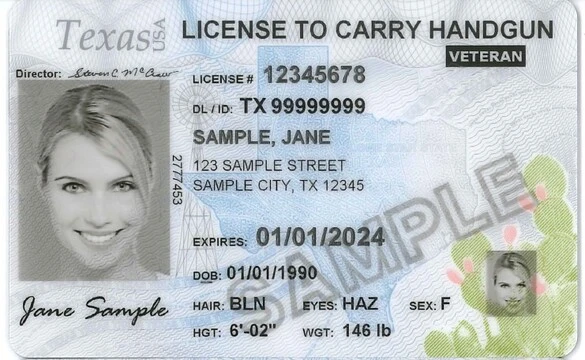Introduction
The purpose of this article is to compare crime statistics between Texas License To Carry (LTC) holders and non-LTC holders for 2020 for the offense of DEADLY CONDUCT DISCH FIREARM INDIV(S). DEADLY CONDUCT DISCH FIREARM INDIV(S) is defined as the intentional discharge of a firearm in a public place in a manner calculated to alarm or disturb others. It is important to study the relationship between LTC holders and crime statistics, as the presence of firearms in society is often a contentious issue.
Crime statistics among Texas LTC holders
According to the Texas Department of Public Safety's Law Enforcement Support Division, in 2020 there were 1 convictions for DEADLY CONDUCT DISCH FIREARM INDIV(S) among Texas LTC holders, representing 0.0012% of the total 806,930 LTC holders.
In comparison, non-LTC holders had 147 convictions for DEADLY CONDUCT DISCH FIREARM INDIV(S) in 2020, representing 0.1842% of the total 79,947,453 non-LTC holders.
Factors that may contribute to the difference in crime statistics between Texas LTC and non-LTC holders
There are several factors that may contribute to the difference in crime statistics between Texas LTC and non-LTC holders:
- Background checks and eligibility requirements for obtaining an LTC. All LTC applicants are subject to a background check and must meet the state's eligibility requirements.
- Training and education for LTC holders. LTC holders must complete the required education and training courses in order to obtain the license.
- Perception of risk and responsibility among LTC holders. LTC holders may be more aware of the risks associated with the use of firearms and may be more responsible with their use due to the training and education they receive.
Conclusion
This article compared crime statistics between Texas LTC and non-LTC holders for DEADLY CONDUCT DISCH FIREARM INDIV(S) for 2020. It was found that LTC holders had 1 convictions for DEADLY CONDUCT DISCH FIREARM INDIV(S) in 2020, representing 0.0012% of the total 806,930 LTC holders, while non-LTC holders had 147 convictions, representing 0.1842% of the total 79,947,453 non-LTC holders. Factors such as background checks, eligibility requirements, training and education, and perception of risk and responsibility may contribute to the difference in crime statistics between the two groups.
The findings of this article may indicate that LTC holders are more likely to be law-abiding citizens than non-LTC holders. However, further research is needed to determine the exact relationship between LTC holders and crime statistics.




